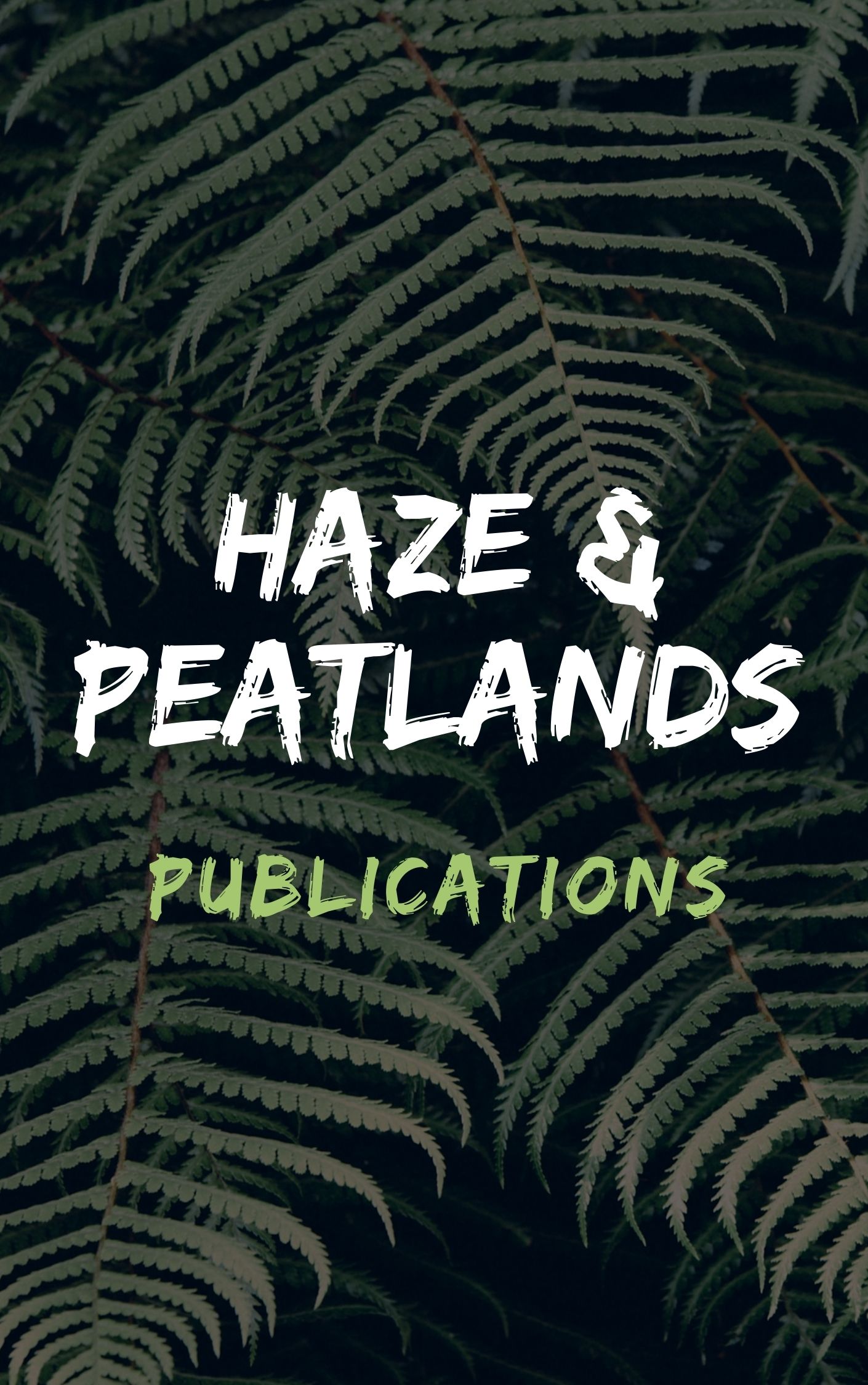According to the forest statistic data, the forest degradation in West Kalimantan has been increasing since 2006. The satellite remote sensing data can provide information more effective and economical input rather than direct field observation that is difficult to access. In this research, we applied a spectral index derived from remote sensing satellite data, the Normalized Difference Fraction Index (NDFI), then compared it with the widely used forest degradation index, the Normalized Burn Ratio (NBR) and the Normalized Difference Vegetation Index (NDVI), in order to have an enhanced detection of forest canopy damage caused by selective logging activities and associated forest fires in West Kalimantan, especially in Kapuas Hulu and Sintang districts. The NDFI was derived from combination of green vegetation, shadow, soil, and non-photosynthetic vegetation (NPV) fractions images from spectral mixture analysis model. The NBR and NDVI were generated from spectral reflectance values of near-infrared, shortwave infrared, and red spectrums. The satellite data used for monitoring forest degradation were Landsat-year 2006–2009 and then continued with 4-year SPOT 2009–2012. The result showed that the forest degradation was detected initially in 2008 up to 2012 in the research area. Spectral indices analysis (NDFI, NBR, NDVI) was tested and verified by ground survey data in 2012. We found that NDFI has higher accuracy (95 %) to classify the degradation forest due to logging and burning activities rather than NBR or NDVI. The forest degradation mapping also conducted using mosaic of Landsat data year 2000–2009 for whole of West Kalimantan province. This method is suitable for a forest degradation monitoring tool in tropical rainforest. © 2015, Springer Science+Business Media Dordrecht.
View source

